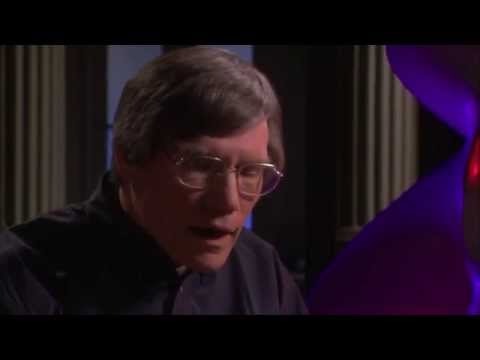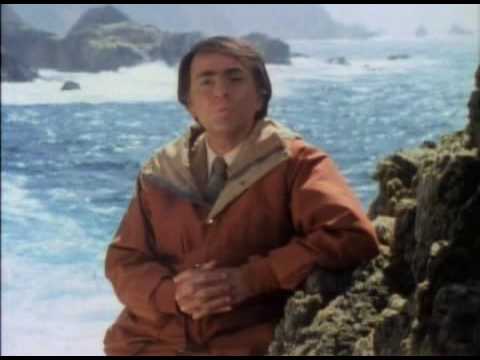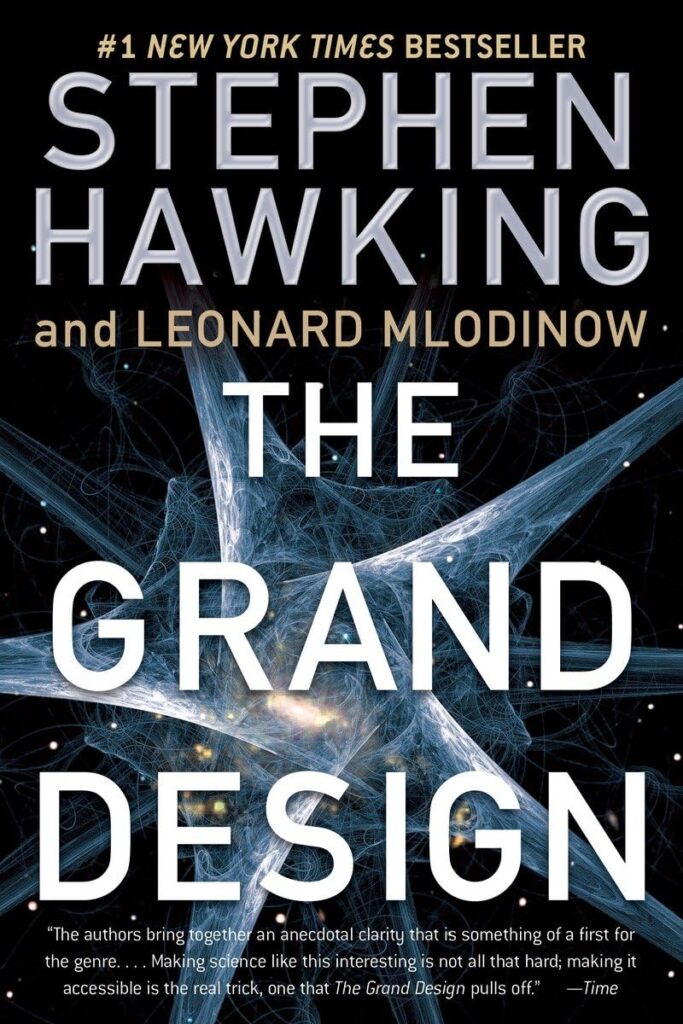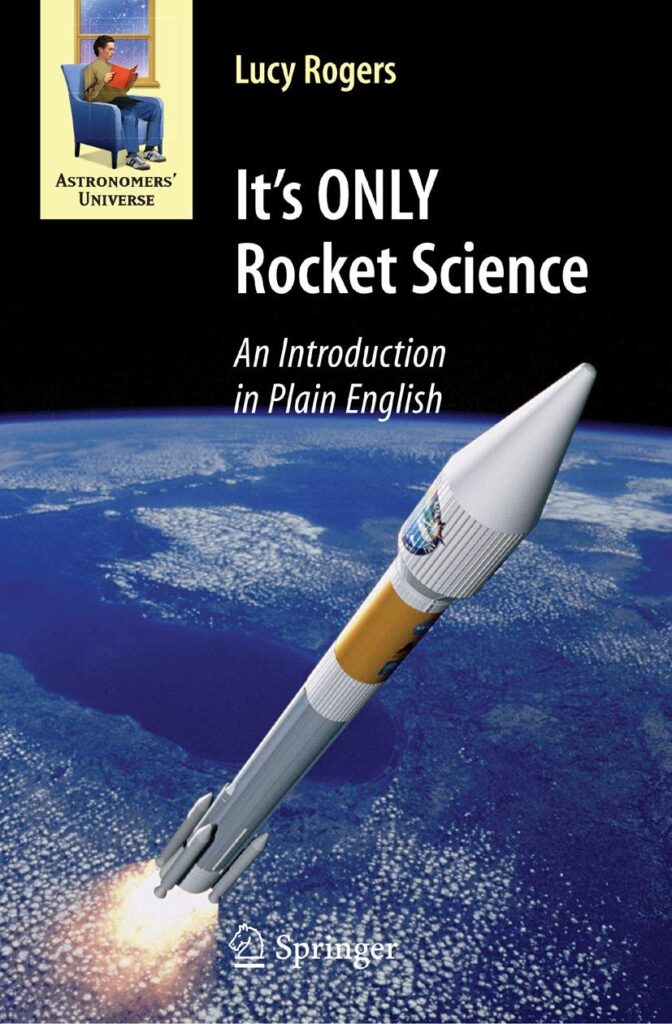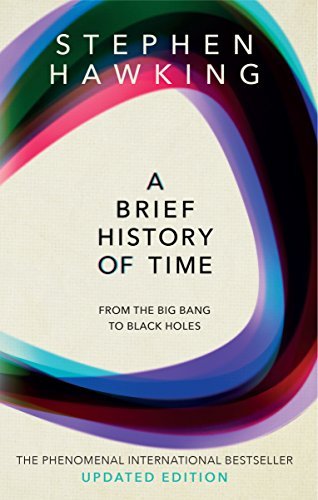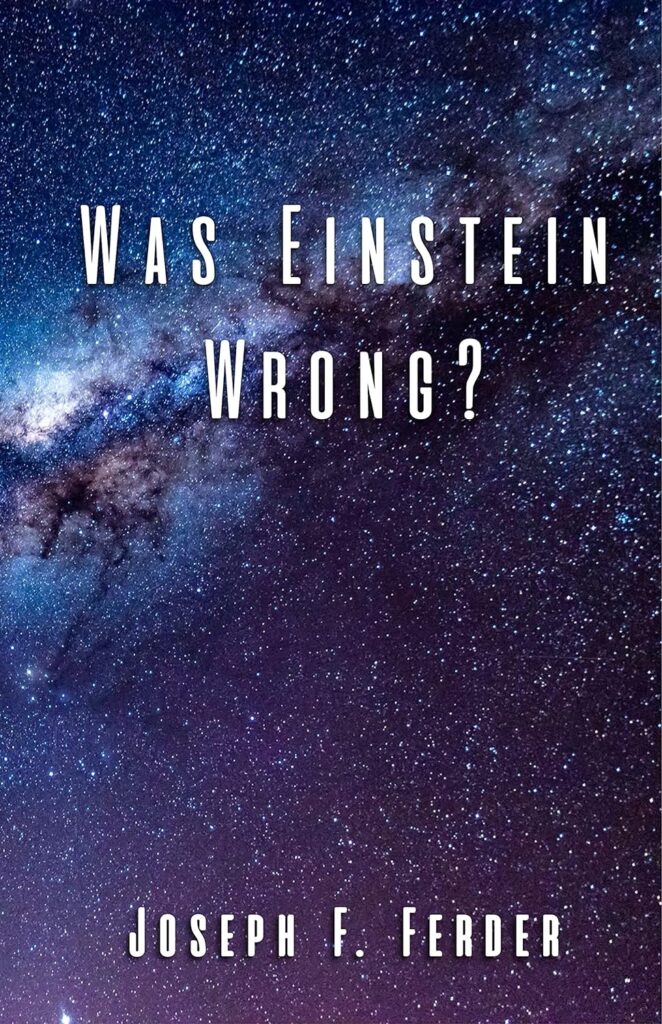Cosmic Expansion and the Fate of the Universe: What We Can Learn from Observations
The concept of cosmic expansion has been a central focus of cosmology for over a century. It was first proposed by Belgian astronomer Georges Lemaître in the 1920s and later confirmed by Edwin Hubble through his observations of distant galaxies moving away from us. This discovery revolutionized our understanding of the universe and laid the foundation for the Big Bang theory, which states that the universe began as a singularity and has been expanding ever since.
One of the key questions that arise from the idea of cosmic expansion is the fate of the universe. Will it continue to expand indefinitely, eventually leading to a cold and empty universe? Or will it eventually collapse back in on itself in a Big Crunch scenario? To answer these questions, astronomers have turned to observations of the cosmos to glean insights into its ultimate destiny.
One of the most important pieces of evidence supporting the idea of cosmic expansion comes from measurements of the redshift of distant galaxies. This phenomenon, known as the Doppler effect, occurs when light from a source is stretched as it moves away from us, causing its wavelength to shift towards the red end of the spectrum. By measuring the redshift of galaxies, astronomers can determine how fast they are moving away from us and, by extension, how the universe is expanding.
In the 1990s, observations of distant supernovae provided another crucial piece of evidence for cosmic expansion. These exploding stars are known as “standard candles” because their brightness is relatively constant, allowing astronomers to accurately measure their distance. By studying the redshift and brightness of these supernovae, researchers were able to determine that not only is the universe expanding, but its expansion is actually accelerating.
This discovery, made by the teams of Saul Perlmutter, Brian Schmidt, and Adam Riess, earned them the Nobel Prize in Physics in 2011 and led to the realization that the universe is dominated by a mysterious force known as dark energy. This enigmatic force acts in opposition to gravity, driving galaxies apart at an ever-increasing rate and potentially influencing the fate of the universe.
Based on current observations and theoretical models, astronomers believe that the most likely fate of the universe is a “Big Freeze” scenario. In this scenario, the universe will continue to expand indefinitely, with galaxies moving further and further apart until they are no longer visible to each other. Over time, stars will burn out, black holes will evaporate, and the universe will become a cold, dark, and empty expanse.
However, there is still much we do not know about the ultimate fate of the universe. New observations, such as those from the James Webb Space Telescope and future observatories, will continue to provide valuable insights into cosmic expansion and the destiny of our universe. By studying the cosmos and unraveling its mysteries, we can gain a deeper understanding of the fundamental forces that shape our existence and contemplate the vastness of the universe and our place within it.

